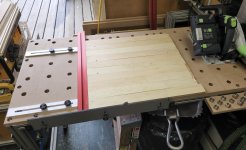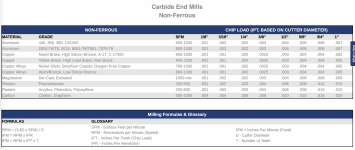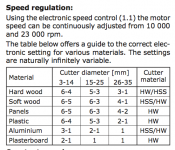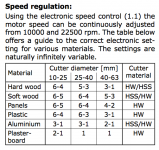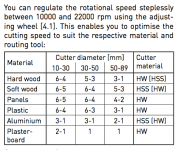Richard/RMW
Member
- Joined
- Jul 11, 2010
- Messages
- 3,063
rvieceli said:[member=8712]Richard/RMW[/member] Whilw I'm all for trying new stuff and being self sufficient, might be a time to visit a pro. After trying for a few years to get my son to buy a Bridgeport I've about goven up [sad]
The is still a working machine shop in my vicinity with real machinists, (down from about 4 shops). If I'm nice and polite and mention that I'm not in a rush, they will do stuff for me [tongue]
It is rarely more than an hour to an hour and a half of machine time since they charge from set up to clean up.
Might not cost that much to get what you want.
there are also some cnc laser folks online that will do as little as a one-off if you send them a dxf file . Even some that will work with jpg and pdf
Ron
I may go that route, but the MIC-6 was only $40 on eBay so I figured I'd give it a try. It's an addiction thing...
I was originally going to use sendcutsend but I tested them with some simple brackets and the laser cut finish was not good enough. They are an awesome company and hugely patient coaching me thru the learning curve to get them files they could use but laser just won't work for this project. Also, their material is nowhere close to flat enough to use as a fence, again not a complaint just the limitation of their offerings. This is what led me to MIC-6 for the flatness.
I did end up with some very nice adjustable stops from the experiment...
[attachimg=1]
Thanks.
RMW

